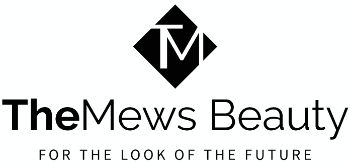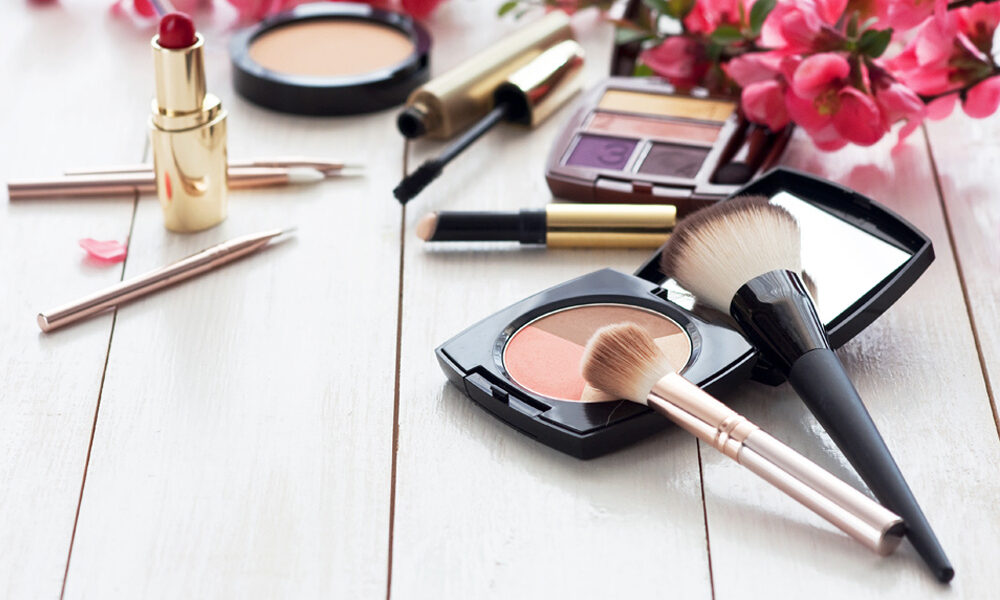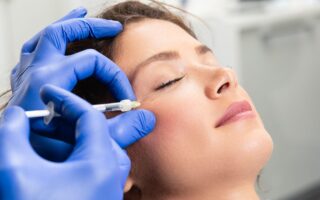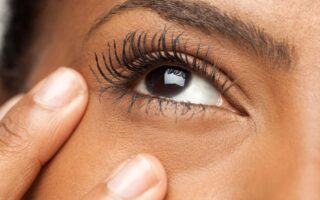Makeup is an integral part of many people’s lives all over the world. The industry is huge and has an estimated worth of £27 billion in the UK, which is only going to continue growing in the years to come. One of the reasons for this is the growing market for male products as well as women’s with just under 40% of UK male consumers now buying makeup.
However, what many people fail to consider is the damaging effects that makeup might be having on their skin. Well, it turns out it can be harmful and some makeup may contain harmful components such as talc, which can be contaminated by asbestos fibres – a class one carcinogen.
A whopping 49% of UK adults still don’t know about this according to a survey by medical negligence solicitors Hodge Jones & Allen, which is why we’ve put together a guide on some of the products that include this ingredient and the brands that use it most too, so you can see which ones you should consider avoiding. Read on to learn just how contaminated your makeup may be.
Which products include talc the most?
As part of the survey, a range of different products were investigated to see whether talc was present in the ingredients list and the conclusions were damning. Almost four in ten products had talc as an ingredient.
The survey found that 76% of the eyeshadow powders included talc and 76% of blush powders also contained it, making them the products that carry the most risk of asbestos fibres. Other products high on the list include bronzer, foundation and setting powder.
Which brands include the most talc?
The brand of makeup is also important to consumers too and here are the top three brands with the most talc-based products in the range surveyed:
- Fenty – 82%
- Yves Saint Laurent – 75%
- L’Oréal – 67%
What changes might we see in the future?
The survey revealed that 51% of UK adults believe that makeup brands should mark on product packaging if they contain talc and this is supported by Lorna Webster, a Partner at Hodge Jones & Allen. Lorna is an expert in Asbestos Compensation Claims and said: “We are very concerned by the limited understanding of potential asbestos contamination in talcum powder and talc-based makeup products. We want people to be fully aware of the ingredients being used in their makeup so they can make informed decisions.”
Alongside this, brands should look to remove talc altogether and replace it with a product that won’t harm the people who wear it. Examples of this include arrowroot powder, corn starch and kaolin clay, many of which are natural.




